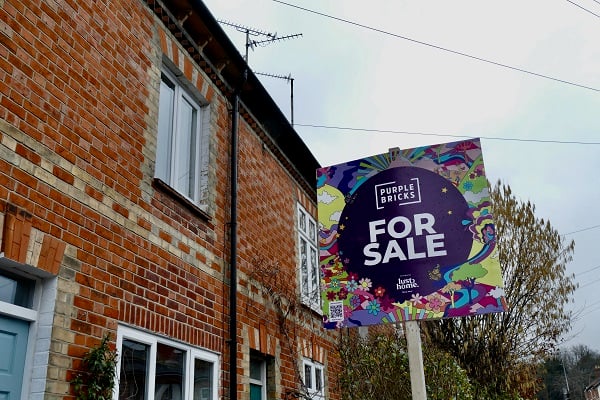As Scottish house prices outperform all other regions of the UK, new research from upfront information platform, Home Sale Pack, reveals that some parts of Scotland have seen prices rise by up to 15% in the past 12 months.
As housing markets across much of Britain have struggled against the economic headwinds of the past couple of years, Scotland seems to have bucked the trend by recording resilient house price growth.
Home Sale Pack has now analysed average house price* change in all Scottish Unitary Authority districts between January 2023 and January 2024 to reveal which areas are driving the country’s impressive house price performance, before pondering the question of why Scotland is performing so much better than the rest of home nations.
Home Sale Pack’s analysis of government price and transaction data reveals that over the past 12 months, the average house price in Great Britain has dropped by -0.7%, falling from £286,800 in January 2023 down to £284,718 in January 2024 (latest available data).
Scotland home to superior house price performance
Over this time, however, Scotland’s average house price has increased by 4.8% to currently sit at £190,328.
This is the strongest growth of all British nations and regions and makes Scotland one of only three places where prices have increased on the year. The other two are England’s North West (1%) and West Midlands (0.6%).
Some Unitary Authority districts of Scotland have recorded very impressive price growth over the last year, playing a significant role in Scotland’s strong performance.
Nowhere have prices increased more than in Na h-Eileanan Siar (The Outer Hebrides). Since January 2023, the average price here has increased by 15.2% to sit at £160,857.
In Midlothian, prices have increased by 8.3%; and in East Lothian they’re up 8.1%.
Other Scottish districts to have seen prices grow by more than 5% are East Dunbartonshire (6.1%), East Renfrewshire (6.1%), Renfrewshire (6%), the City of Edinburgh (5.4%), City of Dundee (5.3%), and City of Aberdeen (5.2%).
Transaction decline is most measured in Scotland
Along with declining prices, the British housing market has also seen the number of sales transactions fall.
In the last 12 months, Britain has seen a total of 671,200 sales transactions. This marks a decline of -32% compared to transactions in the previous 12 months which totalled 986,730.
Scotland has been unable to entirely sidestep this drop in transactions, but its decline has been by far the most measured in Britain.
92,120 transactions in the past 12 months marks an annual decline of -11.9% for Scotland. This is far from desirable, but with the next best performing region, England’s North East, recording a decline of -31.8%, Scotland has proven itself far more steady than the rest of Britain.
Ruth Beeton, Co-Founder of Home Sale Pack, said, “For homebuyers, the lure of Scotland never seems to fade. Its housing market has demonstrated a resilience enviable to the rest of Britain during the past couple of difficult years.
One reason for Scotland’s proven resilience has got to be its unique buying process in which the agreement between buyer and seller becomes legally binding far earlier than it does in England & Wales. This means there are less fall-throughs because buyers and sellers aren’t able to change their minds and pull out at the last minute without facing some kind of legal or financial consequence.
I would argue, therefore, that Scotland is proof, if proof were needed, that if we can reduce fall-throughs in England and Wales, each nation might start enjoying the price resilience and strength of performance currently reserved for Scotland.”






Leave a Comment